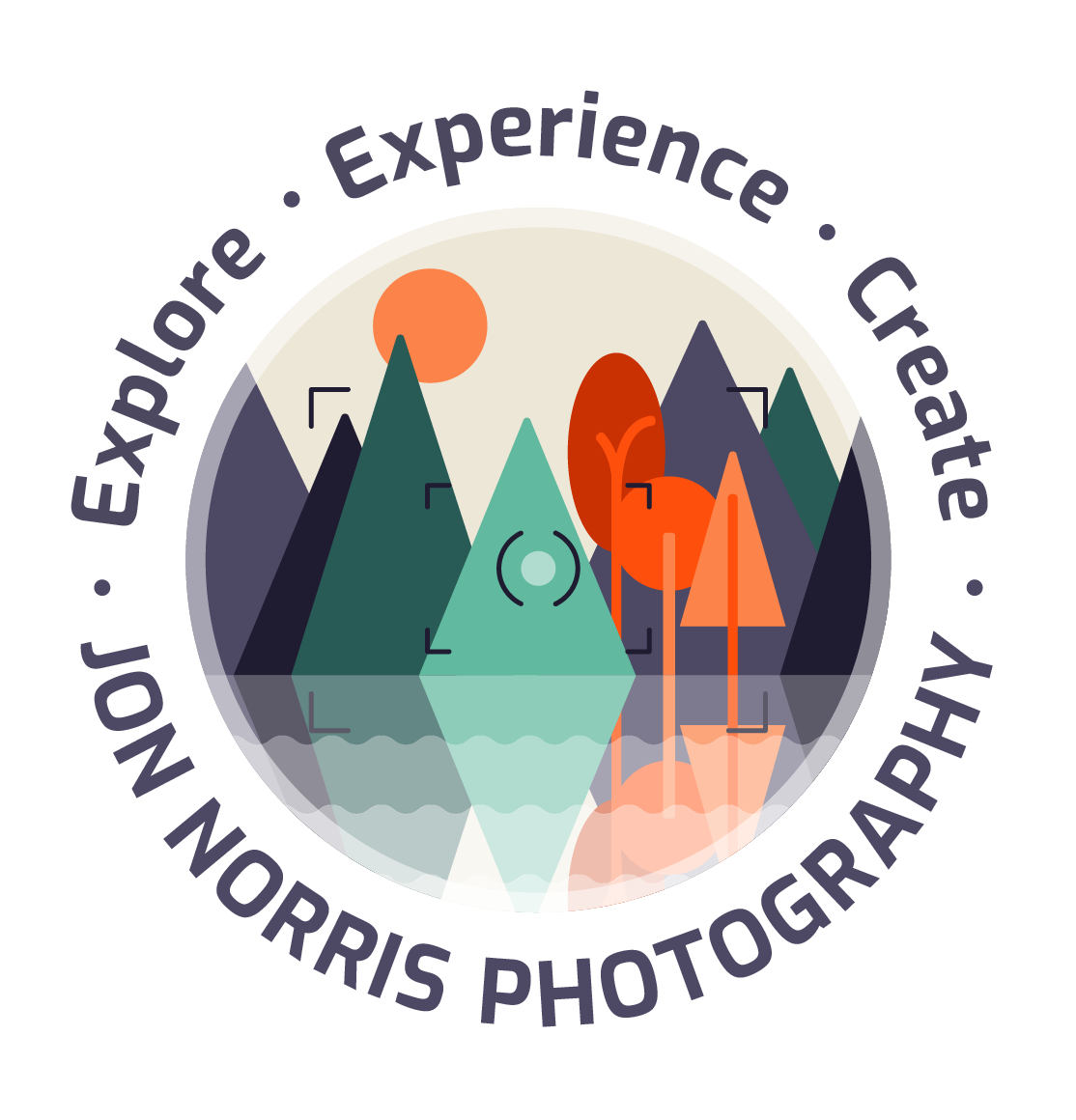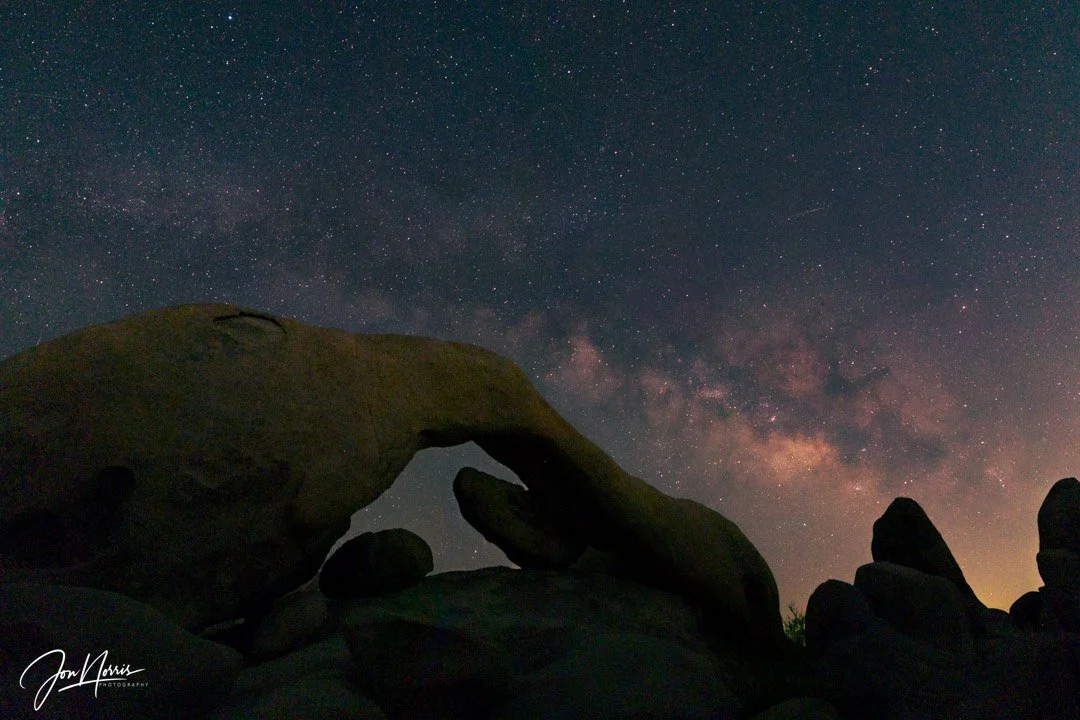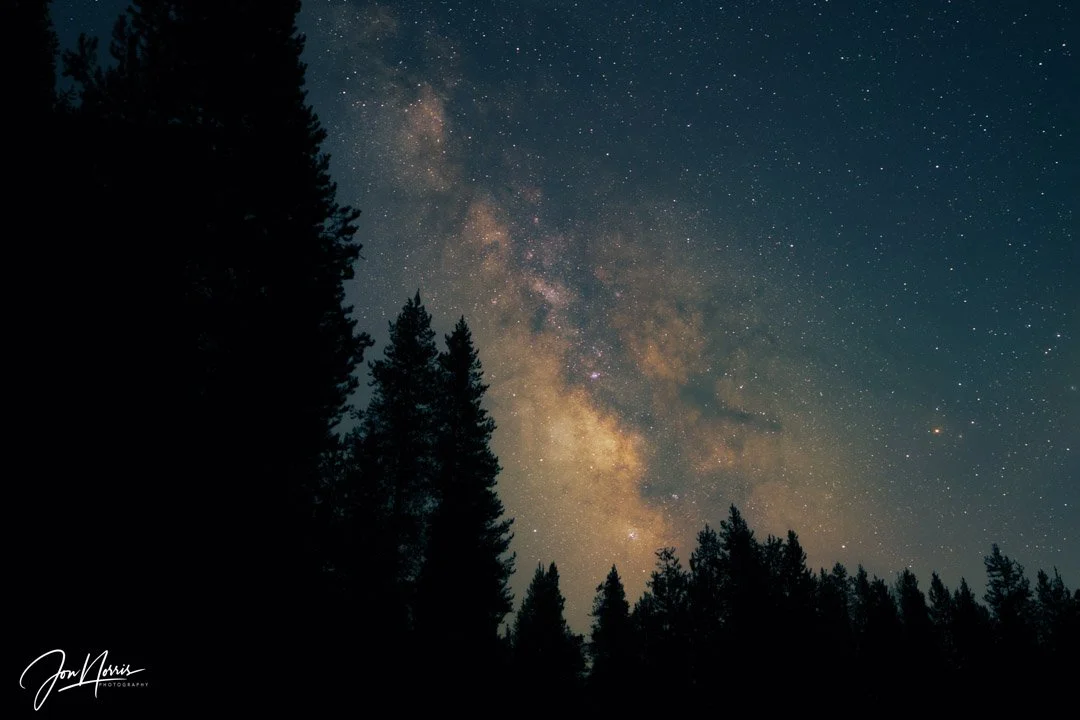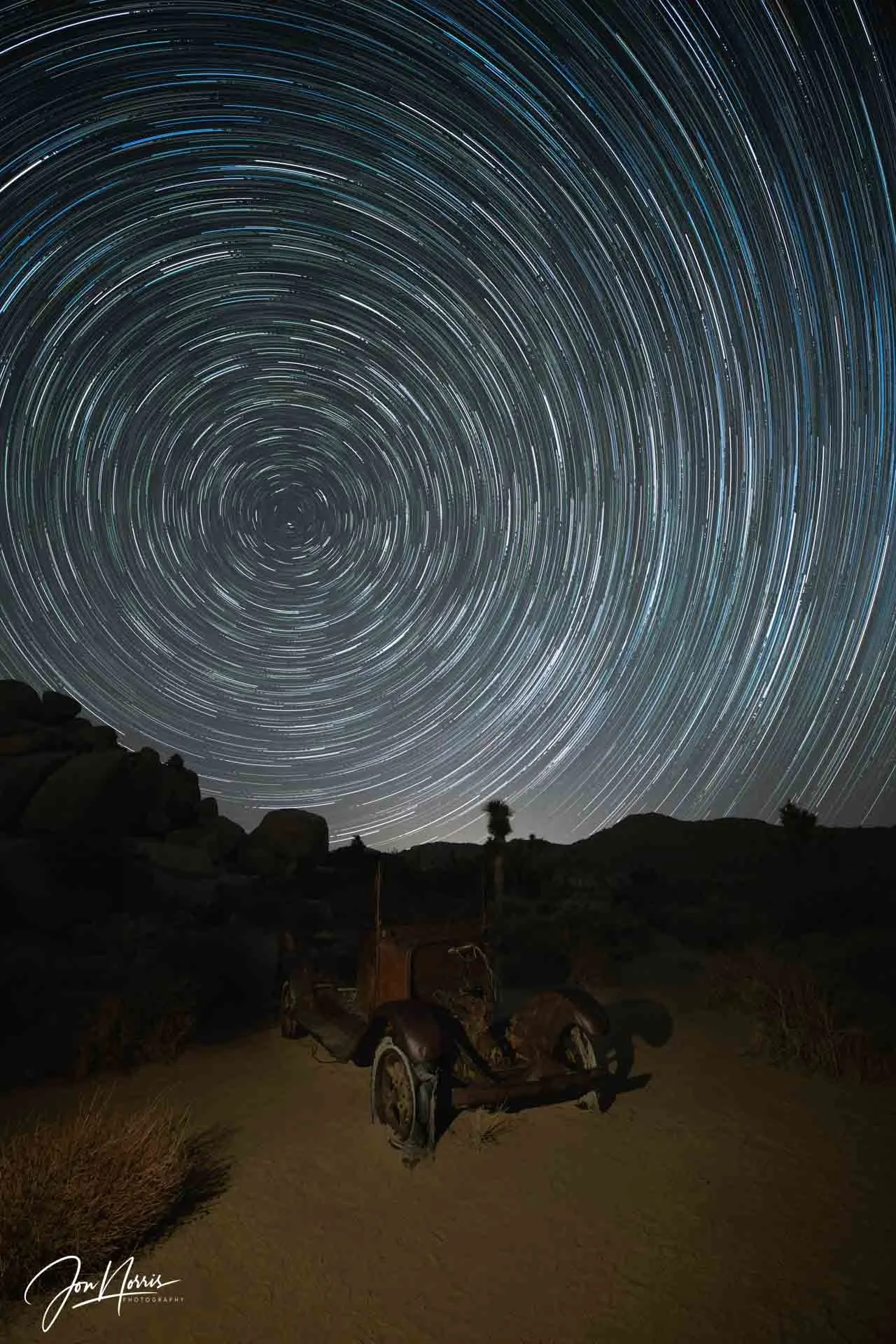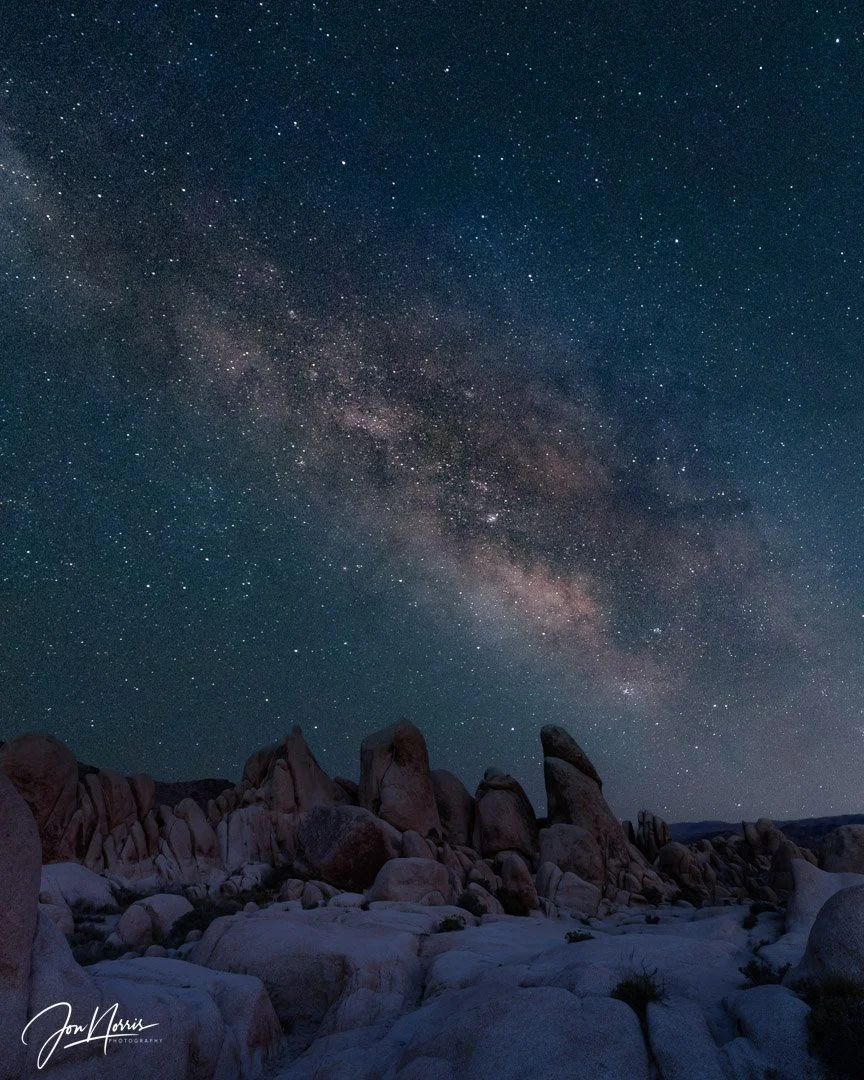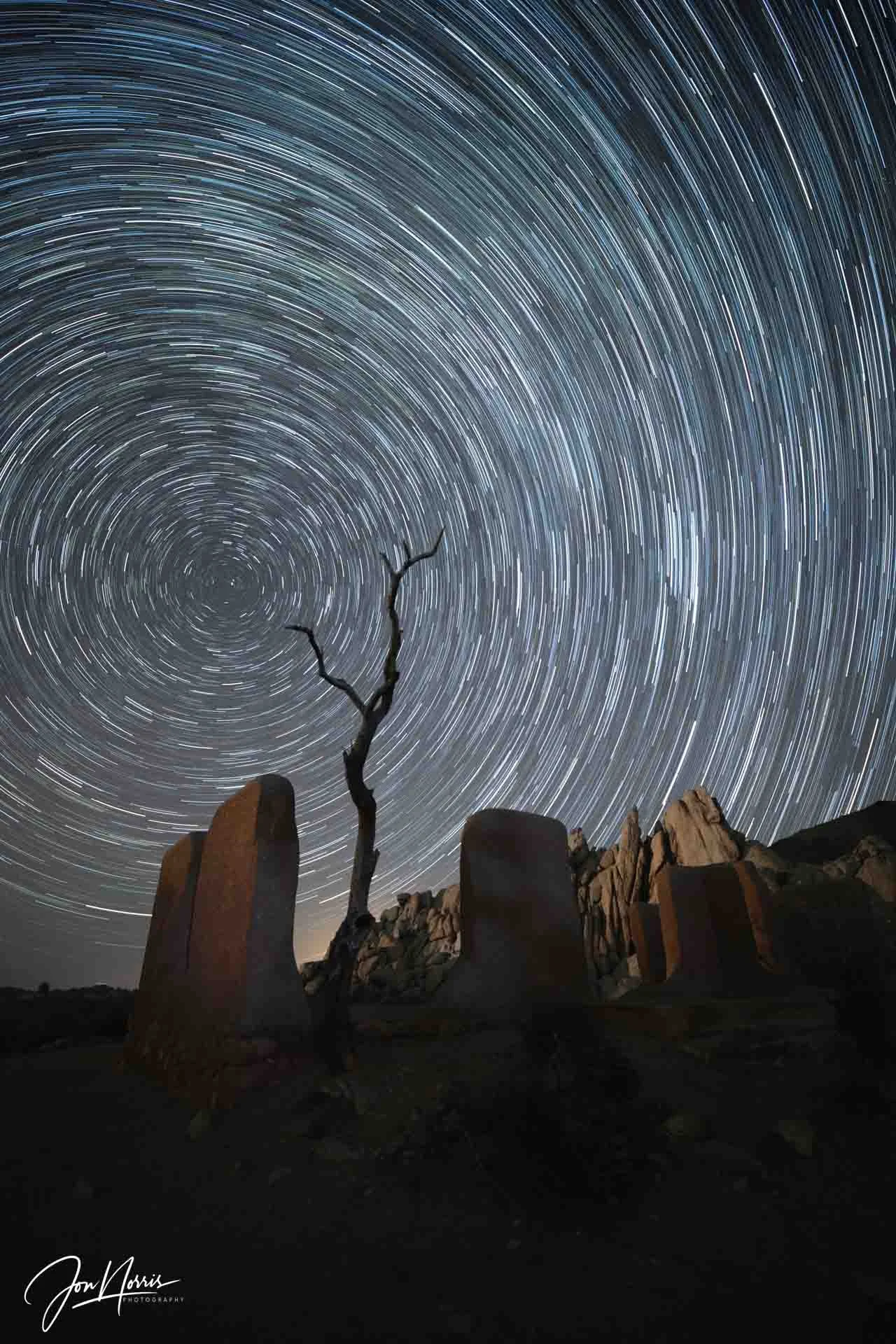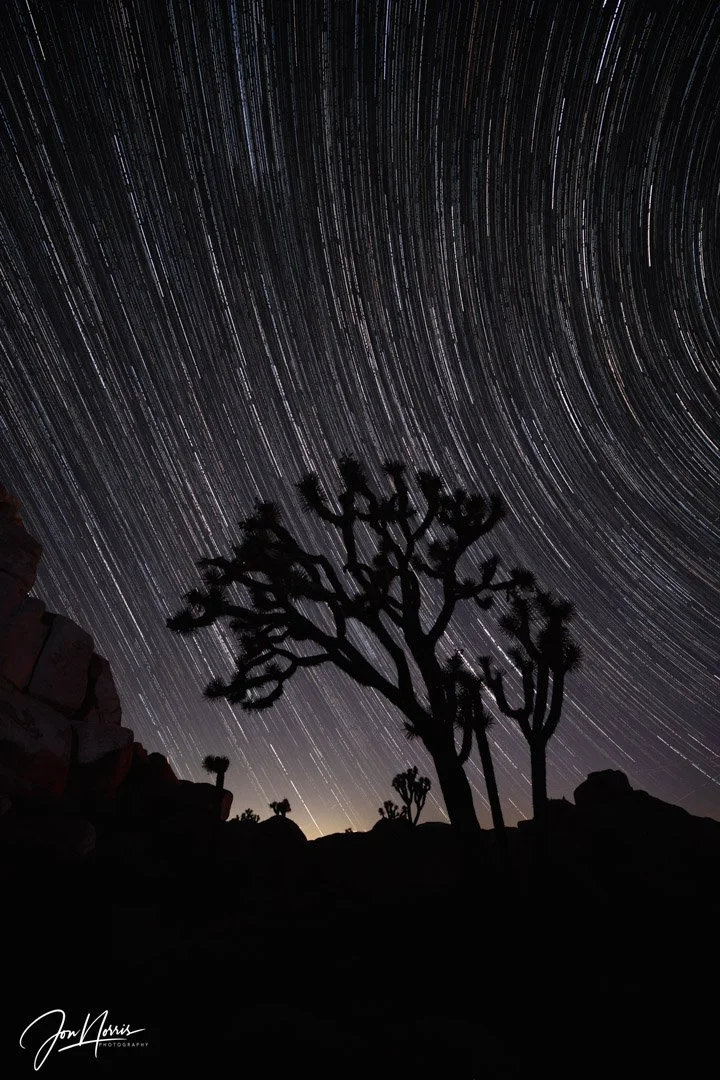DarkSky’s Principles for Responsible Astrophotography
Explore Landscapes #91
My interest was piqued recently when I read a post from DarkSky International (the leading global authority working to conserve dark skies and the nighttime environment.
Arch Rock and the Milky Way, Joshua Tree National Park | © 2024 Jon Norris
I regularly lead Dark Sky photography workshops in Joshua Tree National Park (which I wholeheartedly enjoy), and am keenly aware of the potential impact that my workshop may have on the wilderness areas that I’m visiting.
As part of my workshops I actively promote the principles and values established by Nature First and Leave No Trace to my workshop participants, to help minimize the impact from visiting the outdoors.
My interest was piqued recently when I read a post from DarkSky International (the leading global authority working to conserve dark skies and the nighttime environment through outreach, education, and action.
As the popularity of astrophotography rises, which I’ve seen first hand, so does our shared responsibility to ensure it is practiced with care.
Milky Way over Sequoia National Park | © 2024 Jon Norris
In accordance with DarkSky’s core mission to protect the night, the DarkSky Board of Directors has adopted a set of guiding principles for nighttime photography, and I’d urge any astrophotographer to follow these.
DarkSky’s Principle for Responsible Astrophotography:
Use light responsibly - Protect the nighttime environment and the experience of others by limiting the addition of artificial light in nighttime photographs.
Promote honest representation - Capture an authentic experience of the night sky by being transparent about the editing process, labeling composite images, and ensuring the night sky aligns with the geographic location of the foreground.
Respect dark sky locations - Follow Leave No Trace principles to protect sensitive areas, and abide by local laws and regulations when visiting parks, reserves, and communities. Travel mindfully to minimize impact.
Promote responsible astrotourism - Astrophotographers are an integral part of astrotourism. Follow DarkSky’s Principles of Responsible Astrotourism to promote the sustainable growth of this industry.
Manage expectations - Astrophotography is both a scientific and artistic pursuit. Raising awareness of the differences between what a camera captures and what the human eye perceives can help set realistic expectations, especially for people experiencing dark skies for the first time.
Share your passion - Many people only experience dark skies through photographs. Use your work to inspire others and build awareness of the importance of protecting the night.
These principles encourage photographers to engage in environmentally respectful practices, from minimizing artificial lighting at night, especially “light painting,” which can disturb both the experience of others and wildlife, to providing transparent information about how and where images were captured. They’re designed to ensure sustainability as more people turn their lenses toward the night sky.
1929 Lincoln and Star Trails | © 2021 Jon Norris
In the image above, 1929 Lincoln, I used low level lighting (artificial lighting) to illuminate the front of the Lincoln so that it could be seen, rather than disappear into the dark foreground.
Since the end of 2021 I haven’t used any artificial lighting in any of my dark sky photographs, preferring the use of other techniques if I want to include foreground detail.
White Tank Milky Way composite image, Joshua Tree National Park | © 2023 Jon Norris
In the image above, White Tank Milky Way, I blended together two images shot on the same night to give sufficient detail in the foreground while maintaining a dark sky to see the Milky Way clearly.
The foreground image was shot towards the end of blue hour, and the Milky Way image was shot (without moving the camera/tripod) about four hours later once the Milky Way was in position.
Star Trails over Ryan Ranch, Joshua Tree National Park | © 2022 Jon Norris
In the Ryan Ranch Star Trails image (above), the light on the adobe ranch ruins, and the rock face in the background, comes from a passing car on Park Boulevard which is about 3/4 of a mile away. This just shows you how much of an impact stray light has on a dark sky image, and therefore the wildlife around in that area.
When taking a sequence of images for a star trail (which may be 180 to 240 images) I will sometimes select a single image with light spill if it adds to the image. The other images ‘spoiled’ by light sit in my Lightroom catalog never to see the light of day (pun intended).
Star Trail Silhouette, Joshua Tree National Park | © 2022 Jon Norris
The third technique that I use frequently in Joshua Tree National Park is to minimize any foreground detail and frame my scene to use the striking silhouette of a Joshua Tree as the subject, with either Star Trails or the Milky Way in the background.
Milky Way at Quail Springs | © 2024 Jon Norris
I feel that it’s our duty as landscape photographers to protect the wilderness areas that we love and photograph through wise use, education, outreach, community, and research.
I hope that you’ll join me in following the guidelines from Nature First, Leave No Trace , and DarkSky International.
